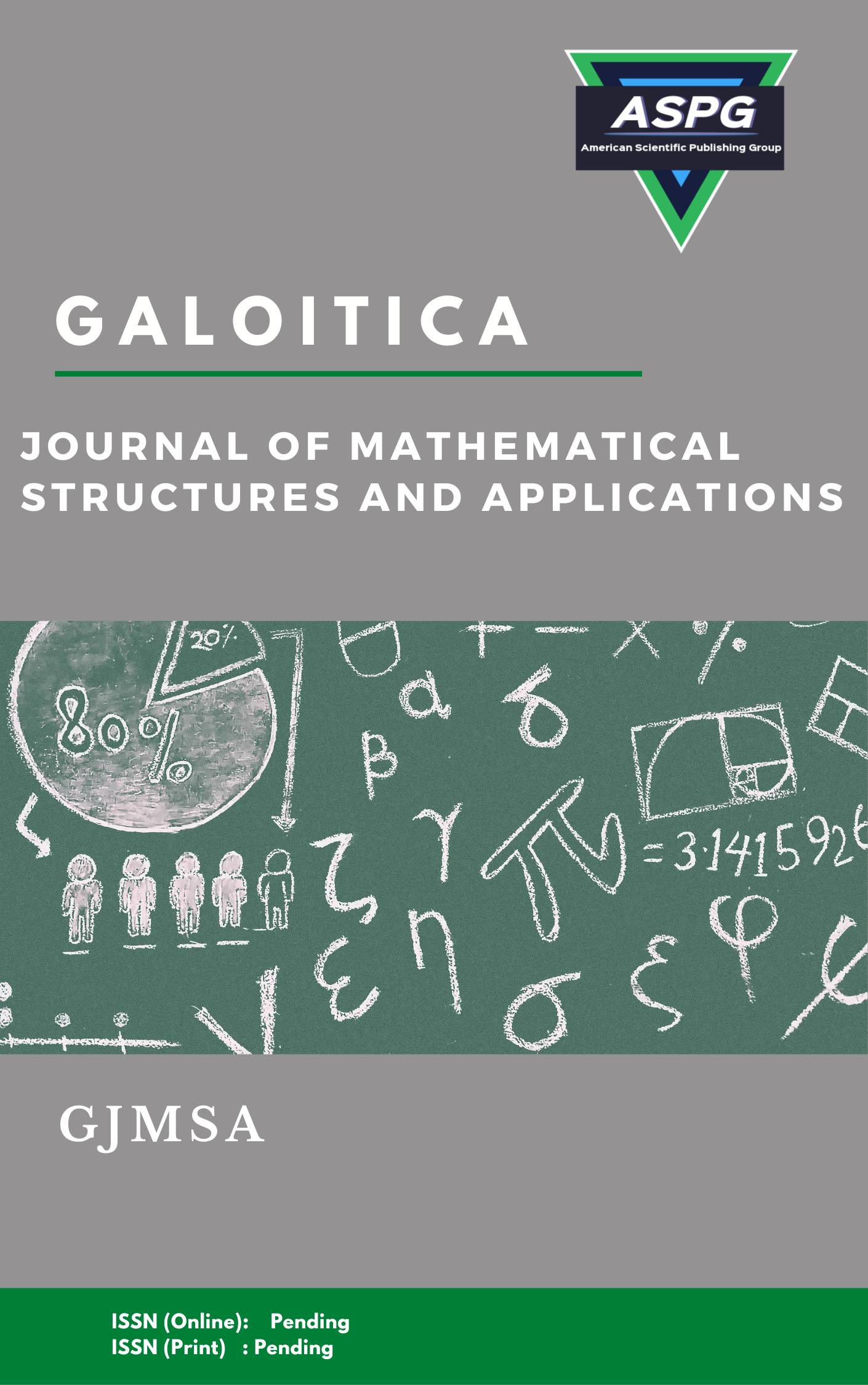

The Spatial Convolution Splines Multivariate Regression Model (SCSMRM) were used on the data represented a diabetes disease measurements across different regions in Iraq (Basrah, Baghdad, Babylon, Sulaimanya) while considering multiple risk factors such as age, BMI, weight , income, education level, blood pressure for the same geographic location for (200) patient, and combine the health data with the risk factor data to create a comprehensive dataset. Each record in the dataset should include the geographic location, diabetes status, and values for each risk factor we applied (SCSMRM), the results showed that significant the model and the risk factors studied in the model explain 61% of the changes that occur in the diabetes. It also showed the significance of the factors (age - weight - body mass index (BMI) - educational level - blood pressure) and the non-significance of the variable (income), and these results are consistent with the actual reality of the disease.
Read MoreDoi: https://doi.org/10.54216/GJMSA.0100207
Vol. 10 Issue. 2 PP. 66-71, (2024)
The main purpose of this article is to introduce the concept of soft2-metric spaces that are new metric spaces based on the soft-elements and to study their properties, also to introduce some related concepts such as soft2- open ball, soft2 closed ball, soft2- open sets, soft2 closed sets, soft2-interior elements, soft2-limit elements, soft2-closure of sets, and study some of their properties. And that is proved that every soft2- open ball is a soft2- open set, every soft2- closed ball is a soft2- closed set. And reformulated and proved some theorems in soft2-metric space, such as Cantor's theorem and other theorems.
Read MoreDoi: https://doi.org/10.54216/GJMSA.0100201
Vol. 10 Issue. 2 PP. 08-18, (2024)
This article presents the development of families of approaches for numerically solving singularly perturbed two-point boundary-value problems using exponential spline functions. The proposed approaches exhibit second-order and fourth-order accuracy and are suitable for both singular and non-singular problem scenarios. Numerical data are presented to demonstrate the efficacy of our methodologies and are compared with those proposed by various writers.
Read MoreDoi: https://doi.org/10.54216/GJMSA.0100202
Vol. 10 Issue. 2 PP. 19-26, (2024)
Recently Turiyam set and its algebra is introduced for dealing with the data containing human quantum cognition. This paper tries to extend the applications of Turiyam set while profile characterization at Social Network. To achieve this goal, a method is proposed for characterization of social network profiles in true regions (t), false region (f), Neutro region (i) and Liberal or Turiyam region (l), independently. The proposed method also provides implementation to understand the concept of Turiyam logic. In addition, many real life examples for data with Turiyam attributes is given with its four way characterization.
Read MoreDoi: https://doi.org/10.54216/GJMSA.0100203
Vol. 10 Issue. 2 PP. 27-43, (2024)
In this research, the issue of scheduling n-jobs on one-machine is represented to minimize Five-Objectives-Function (FOF), for finding approximation solutions for the sum of completion time, total tardiness, total earliness, number of late jobs and late work with release date, this issue denoted by: Hanan and Hussein used a branch and bound technique (B-a-B) to discovery an optimal solution path. Computational results showed the (B-a-B) technique was efficient in solving issues with up to (16- jobs). Because our issue is of a very difficult type (NP-hard), we suggest local search algorithms to discovery near optimal solution. The execution of local search techniques can be tested on large group of test issues. Computational results showed with up to (30000 jobs) in acceptable time.
Read MoreDoi: https://doi.org/10.54216/GJMSA.0100204
Vol. 10 Issue. 2 PP. 44-51, (2024)
This research dealt with the study of the boundary values associated with differential equations, which are of the non-linear and third-order type. A new algorithm was created that uses exponential spline functions to study and address boundary value problems of a general nature. We have demonstrated that the numerical approach used, which was built using exponential spline functions, gives us good and accurate results for these problems, which have been compared to existing numerical methods. We found that the proposed method is accurate and effective compared to other Spalline methods.
Read MoreDoi: https://doi.org/10.54216/GJMSA.0100205
Vol. 10 Issue. 2 PP. 52-60, (2024)
In this work, we found sharp estimates for the Zalcman conjecture and second order Hankel determinant for the inverse function when it belongs to the class of starlike functions with respect to symmetric points, denoted by . These results are new.
Read MoreDoi: https://doi.org/10.54216/GJMSA.0100206
Vol. 10 Issue. 2 PP. 61-65, (2024)